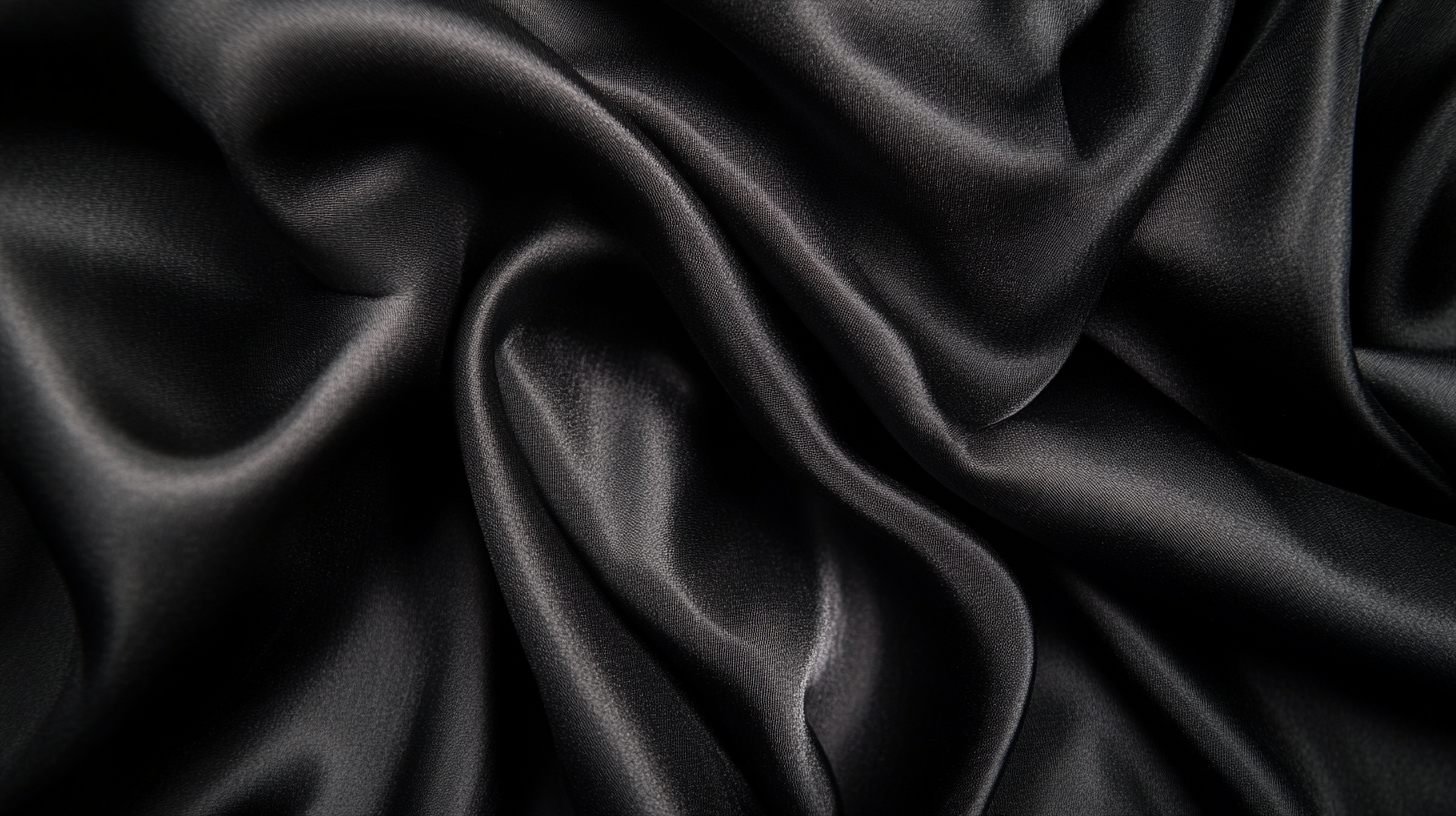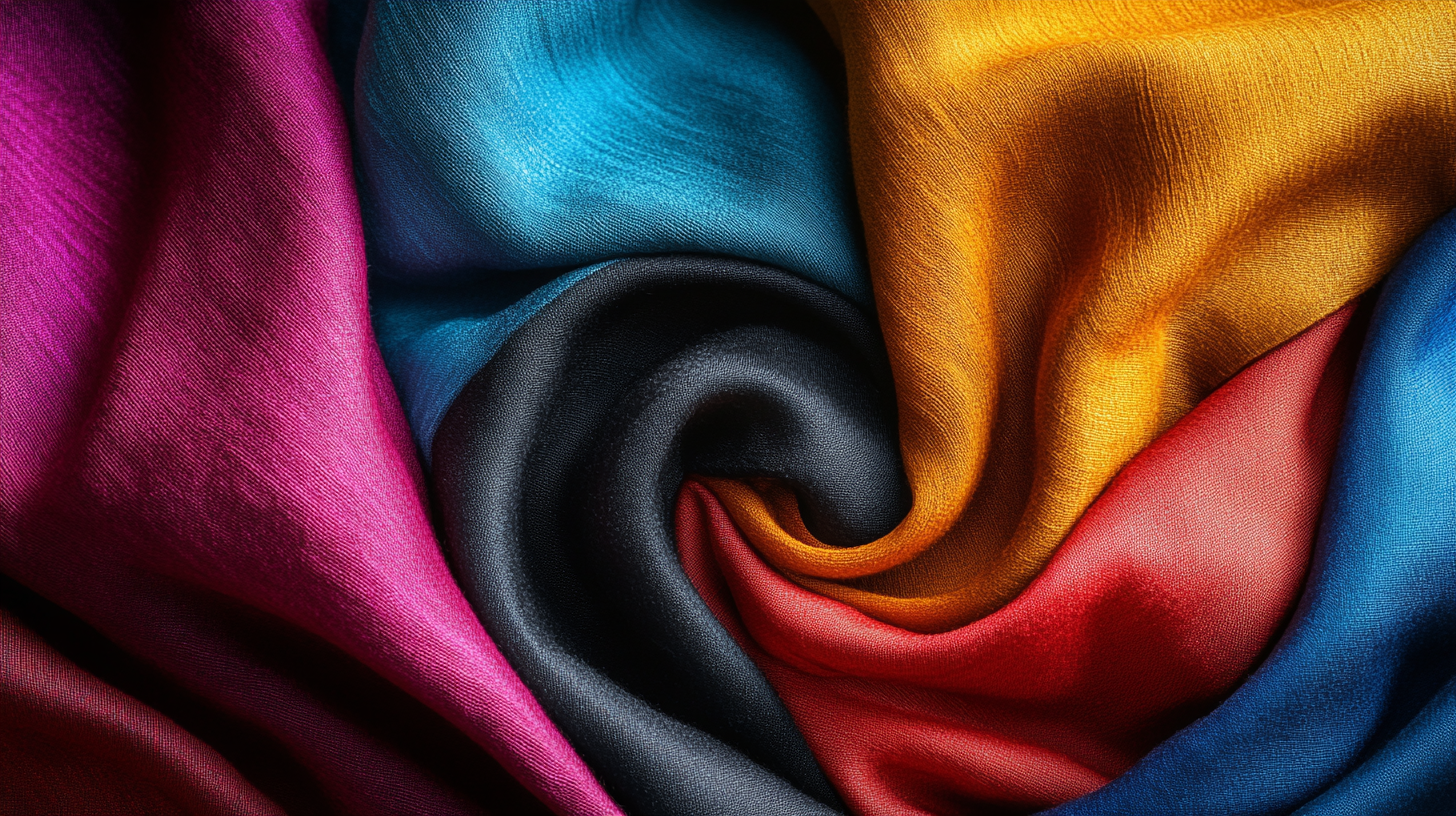As the global textile industry increasingly shifts towards sustainability, the use of eco-friendly dyes has become a focal point for innovative practices. One emerging champion in this area is Black Direct Dye, which offers not only vibrant color but also a reduced environmental footprint. According to the World Textile Organization, the dyeing process accounts for nearly 20% of global water pollution, with traditional dyeing methods often utilizing harmful chemicals. However, Black Direct Dye stands out due to its water and energy efficiency, as highlighted in a recent report by the Environmental Protection Agency, which notes that sustainable dyeing practices can lower water usage by up to 50%. By unlocking the potential of Black Direct Dye, textile manufacturers can not only enhance their brand's sustainability credentials but also meet the growing market demand for environmentally responsible products. As global champions in textile production embrace this innovation, they pave the way for a cleaner, greener future for the industry.

As the sustainable fashion movement continues to gain momentum, the advantages of using black direct dye in eco-friendly textile production are becoming increasingly evident. This innovative dye offers a sustainable solution that contributes to the reduction of environmental impact while maintaining high-quality aesthetics. With the textile industry projected to grow at a compound annual growth rate of 9.1 percent, the integration of sustainable practices, such as using black direct dye, will play a crucial role in shaping the future of fashion.
Moreover, the application of black direct dye not only aligns with eco-conscious values but also has the potential to enhance consumer engagement. As brands increasingly strive to articulate their commitment to sustainability, employing eco-friendly dyes can serve as a tangible demonstration of their environmental responsibility. This visual identity, paired with the psychological implications of color, can elevate emotional responses among consumers, reinforcing their connection to the brand and fostering loyalty. By embracing black direct dye, the fashion industry can unlock new potentials, paving the way for a more sustainable and stylish future.
The textile industry has long been criticized for its heavy environmental footprint, but innovations like black direct dye are changing the narrative. This dyeing technique not only provides rich, deep hues but also presents significant advantages in terms of sustainability. By utilizing less water and generating fewer chemical waste products, black direct dyeing aligns with the industry’s shift towards more eco-friendly practices. Its ability to bind effectively without the need for extensive water resources makes it a game-changer in addressing the textiles’ water crisis.
Moreover, the embrace of black direct dye facilitates a reduction in the overall carbon emissions associated with textile production. Traditional dyeing processes often involve energy-intensive methods that contribute to greenhouse gas emissions. In contrast, the advancements in black direct dye formulations allow for lower temperatures during application, resulting in decreased energy consumption. As global champions of sustainable fashion prioritize environmental impact, the adoption of black direct dye is a crucial step toward achieving a more circular, responsible textile industry.
The textile industry is undergoing a significant transformation as global champions embrace sustainable practices. Innovative leaders in this field are recognizing the potential of black direct dye, a natural option that not only enhances the color palette of fabrics but also aligns with eco-friendly principles. By incorporating such sustainable techniques, these companies are setting new benchmarks in reducing environmental impact while meeting consumer demands for greener products.
**Tip**: When considering sustainable dyes, companies should invest in research to source locally produced materials. This not only supports local economies but also minimizes carbon footprints associated with transportation.
Moreover, global champions are leveraging technology to create more efficient dyeing processes that conserve water and energy. By embracing automation and sustainable practices, they are differentiating themselves in a competitive market while contributing to the overall health of the planet.
**Tip**: Collaboration with supply chain partners is crucial. Brands should engage with suppliers committed to sustainability, ensuring that every step—from fabric sourcing to dyeing practices—aligns with their goals for a greener future.

The textile industry is increasingly turning towards sustainable practices, and one promising avenue is the innovative use of black direct dyes. These dyes not only offer vivid coloration but also present a more environmentally friendly alternative to traditional dyeing methods. Companies are developing techniques that reduce water usage and chemical runoff, making the dyeing process more eco-conscious. By utilizing plant-based materials and modular dyeing setups, brands can achieve beautiful, deep black shades while keeping their carbon footprint minimal.
Implementing black direct dye in production requires a shift in how we approach textile design and manufacture. Advanced technologies, such as digital printing and closed-loop systems, allow for precise color application and reduce waste. Additionally, research into the chemistry of black dyes has led to the discovery of organic compounds that enhance dye performance without harmful additives. This evolution not only caters to consumer demand for sustainable fashion but also sets a new standard for the industry, encouraging global champions to embrace these methods for a greener future in textiles.

The rising awareness of environmental issues has led to a significant shift in the textile industry, with natural dyes emerging as a sustainable alternative to synthetic options. Among these, black direct dye is gaining particular attention for its vivid hue and historical significance in various cultures. This resurgence of natural dyes is not just a trend; it reflects a broader movement towards eco-friendly practices in textile production. By harnessing plant-based materials and traditional dyeing techniques, manufacturers can reduce their carbon footprint while providing consumers with unique and beautifully colored fabrics.
Future trends indicate that the application of natural dyes, especially black direct dye, will continue to evolve, driven by innovation and consumer demand for transparency in sourcing and production processes. Brands are increasingly focusing on the story behind their products, showcasing the art and craft involved in natural dyeing. Furthermore, advancements in technology are enabling more efficient extraction and application methods for these dyes, making it possible to meet the scalability demands of global markets without compromising on sustainability. As the textile industry embraces these changes, the role of natural dyes will become integral to creating a more responsible and sustainable future.
The chart illustrates the increasing trend of natural dye usage in sustainable textile production from 2021 to 2025, highlighting the growing importance of black direct dye as a key component in eco-friendly textiles.
